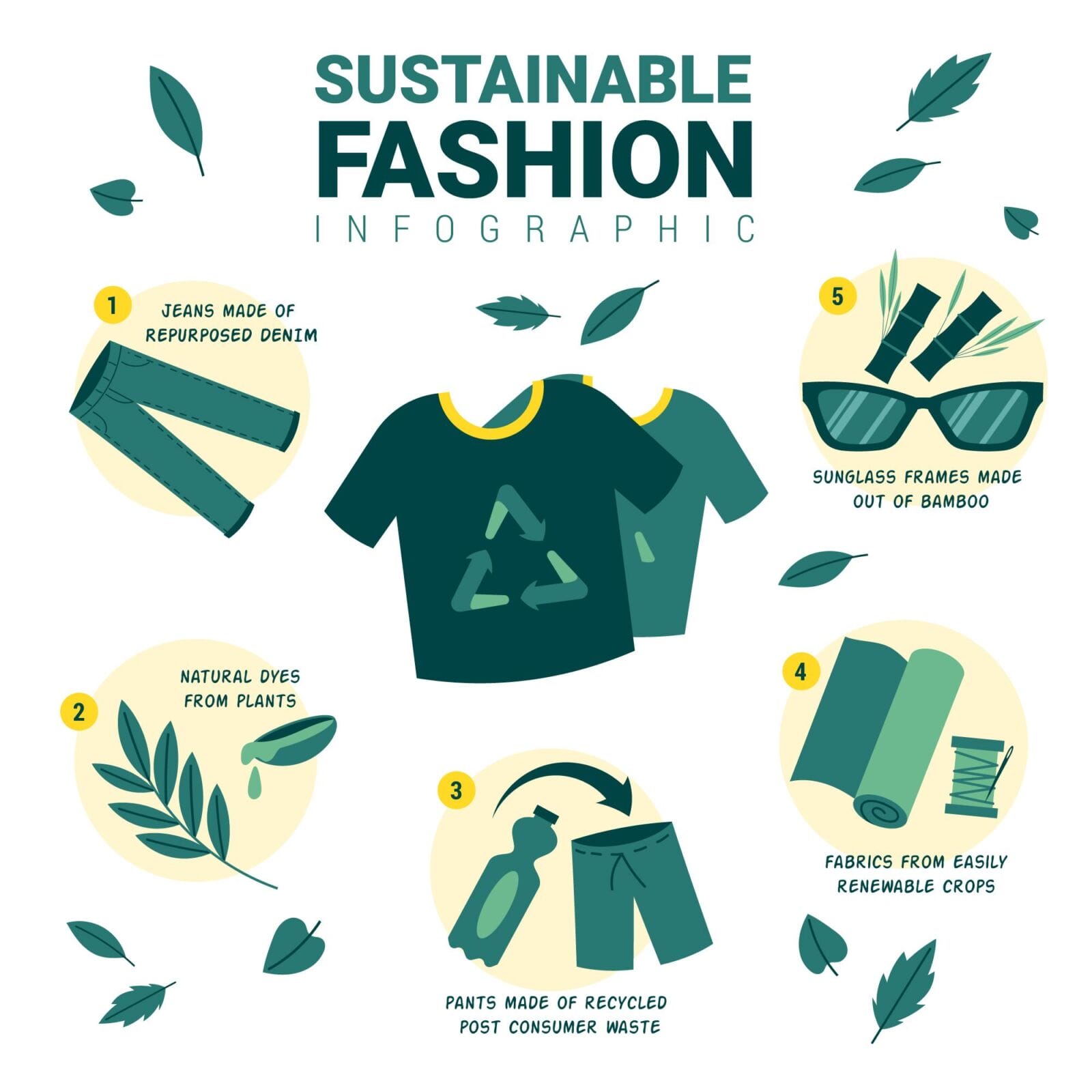As fashion continuously evolves, more people are asking themselves important questions like “Where do my clothes come from? Who made them? And how does what I choose to wear impact the world?”
If you are curious about what’s driving this trend, the answer is sustainable fashion. Whether you’ve noticed eco-friendly labels on your favorite brands or seen celebrities discussing ethical fashion choices, you’ve likely come across this growing trend. But it’s not just a fad—it’s here to stay.
In this blog, we’ll break down what makes fashion ‘sustainable’ and four key reasons why it has become a priority for consumers and fashion brands.
So, what is sustainable fashion?
Here is a breakdown:
What Is Sustainable Fashion?
At its core, sustainable fashion refers to clothing, accessories, and footwear produced in ways that prioritize minimal environmental impact and ethical labor practices. That includes using eco-friendly materials, reducing waste during production, and ensuring fair wages for workers involved in the production process.
Sustainable fashion also promotes longevity. Instead of mass-producing clothes that fall apart after a few wears, it focuses on creating quality products that last longer. That translates into people not replacing products often due to wear and tear, which reduces waste.
Sustainable fashion extends beyond the creation of garments. It also covers the entire lifecycle of clothing, from production to its disposal.
Now let’s discuss why embracing sustainable fashion matters:
4 Reasons Why Sustainable Fashion Matters
Sustainable fashion matters because the traditional fashion industry has a massive, often detrimental, social and environmental impact.
Here’s a closer look at why this shift is so critical:
1. Changing Consumer Behavior
Modern shoppers, especially Millennials and Gen Z, are more conscious of their environmental and social impact than previous generations. These shoppers actively seek brands that reflect their sustainability and social responsibility values.
For many, the appeal of sustainable fashion goes beyond aesthetics. It’s about making purchases that align with their personal beliefs. This change in consumer behavior has pushed brands to adopt more sustainable practices at the risk of being canceled or left behind.
ECommerce platforms like Trendyol are increasingly catering to these conscious consumers by curating collections that reflect sustainability trends and help fashion-forward individuals look great without compromising their ethical standards.
2. Environmental Impact
The fashion industry is notorious for its excessive water use. For example, WWF notes that you need about 2,700 liters of water to produce a single cotton t-shirt. That’s enough drinking water for one person for 2.5 years!
Fast fashion also heavily contributes to textile waste because fast fashion patrons often wear clothes a few times before discarding them. Globally, we generate approximately 92 million tons of textile waste annually. Sustainable fashion seeks to reduce this environmental footprint.
For example, many sustainable brands use organic cotton, which consumes less water than conventional cotton. New technologies are making it possible to create textiles from renewable resources like algae, mushrooms, and recycled plastics. These innovations could dramatically reduce the environmental impact of clothing production.
3. Ethical Labor Practices
Fast fashion’s reliance on cheap labor is a major ethical issue. Many garments are products of developing countries. These regions often overwork workers by paying them meager wages and working them in unsafe conditions.
Sustainable fashion aims to disrupt this model by promoting ethical labor practices. Brands that prioritize sustainability ensure all workers throughout the supply chain receive fair wages, work reasonable hours, and operate in safe environments.
These companies are transparent about their production practices and are usually eager to share information about their sourcing and production processes. Shopping from ethical brands allows consumers to use their purchasing power to support better working conditions globally.
4. Longevity and Quality
Fast fashion’s focus on trends has led to cheap, disposable clothing cycles. Unfortunately, this often results in garments that wear out quickly, leading to more waste. In contrast, sustainable fashion emphasizes quality and longevity. Sustainable brands create longer-lasting clothes that offer better value for money over time.
By investing in durable, timeless pieces, consumers reduce the frequent purchases of new clothes, ultimately reducing waste. This trend particularly appeals to those who want to build a more versatile and enduring wardrobe. The idea is to move away from short-lived trends and embrace styles that can withstand the test of time.
Conclusion
By embracing sustainability, the fashion industry can reduce its footprint and foster innovation and long-term environmental resilience. Ultimately, sustainable fashion isn’t just about making better clothes; it’s about creating a better world.




